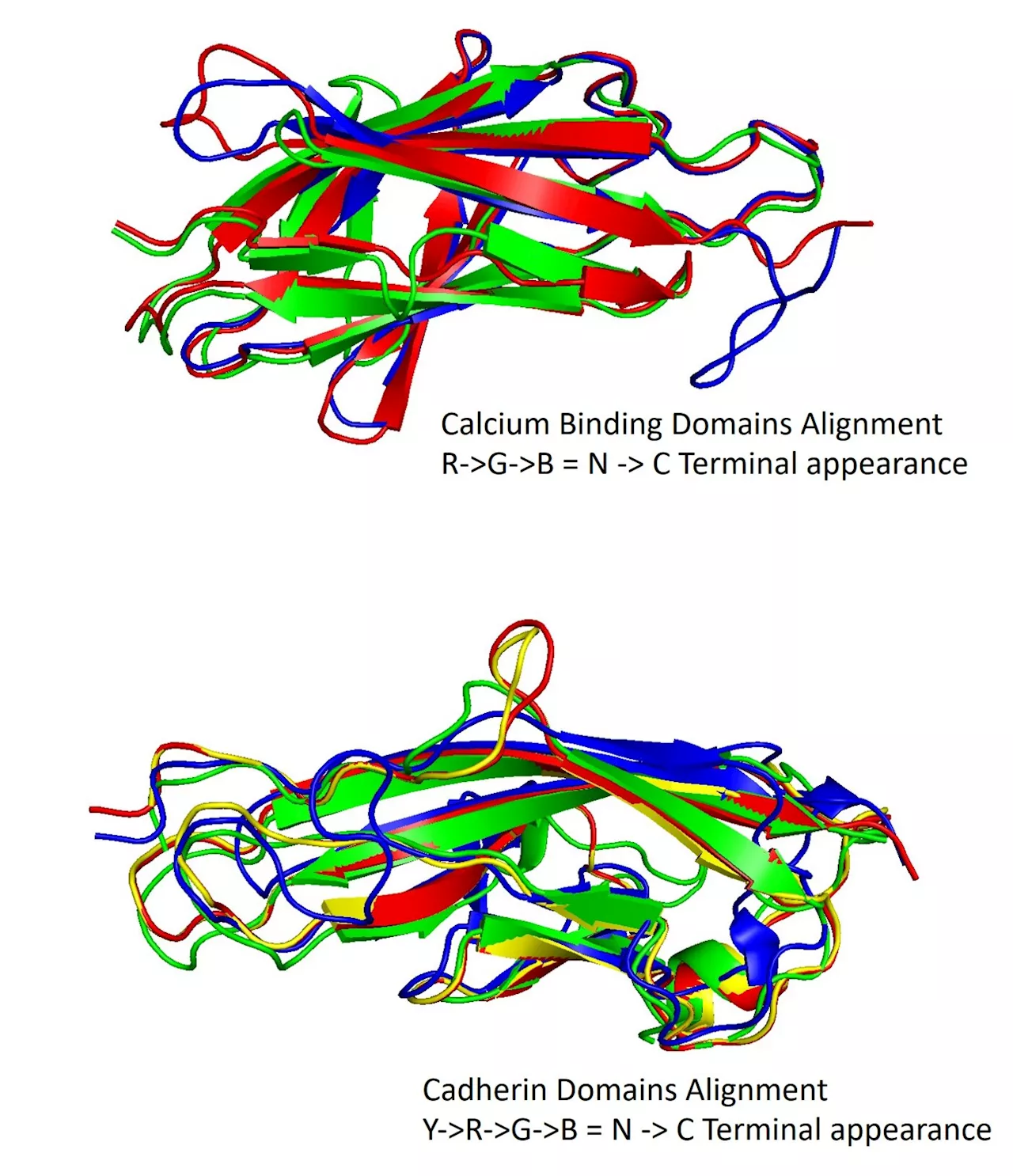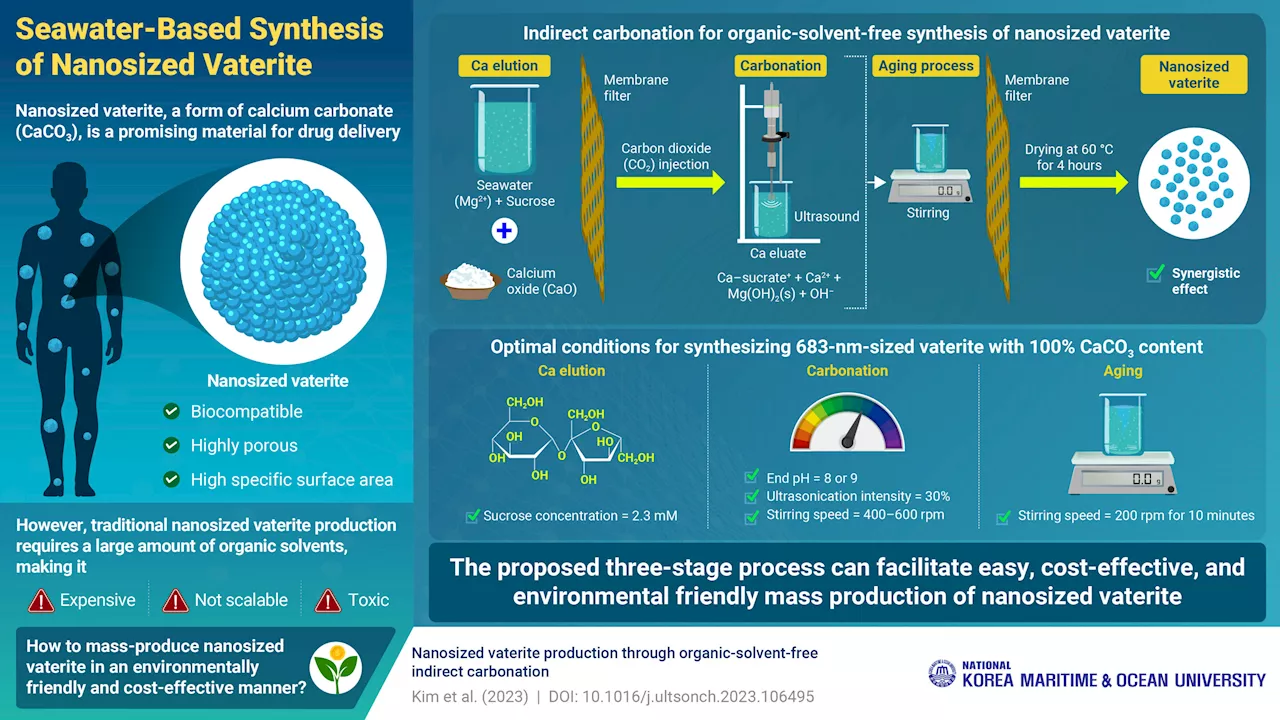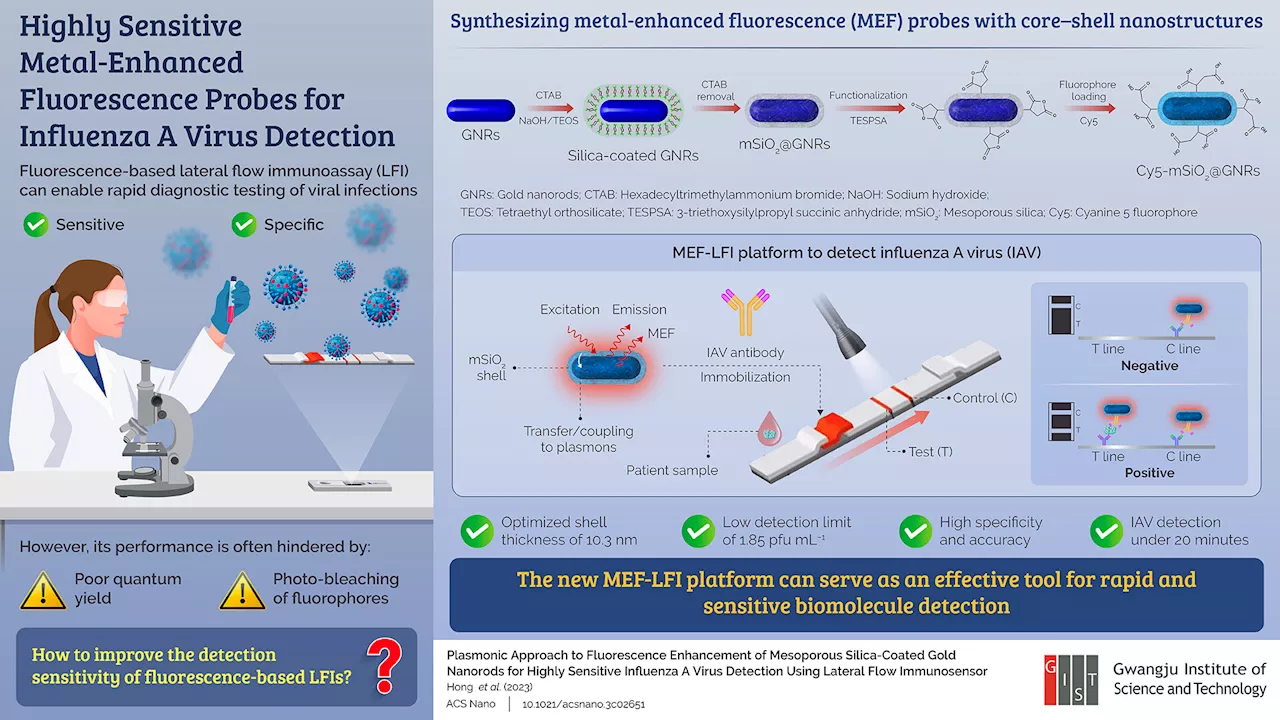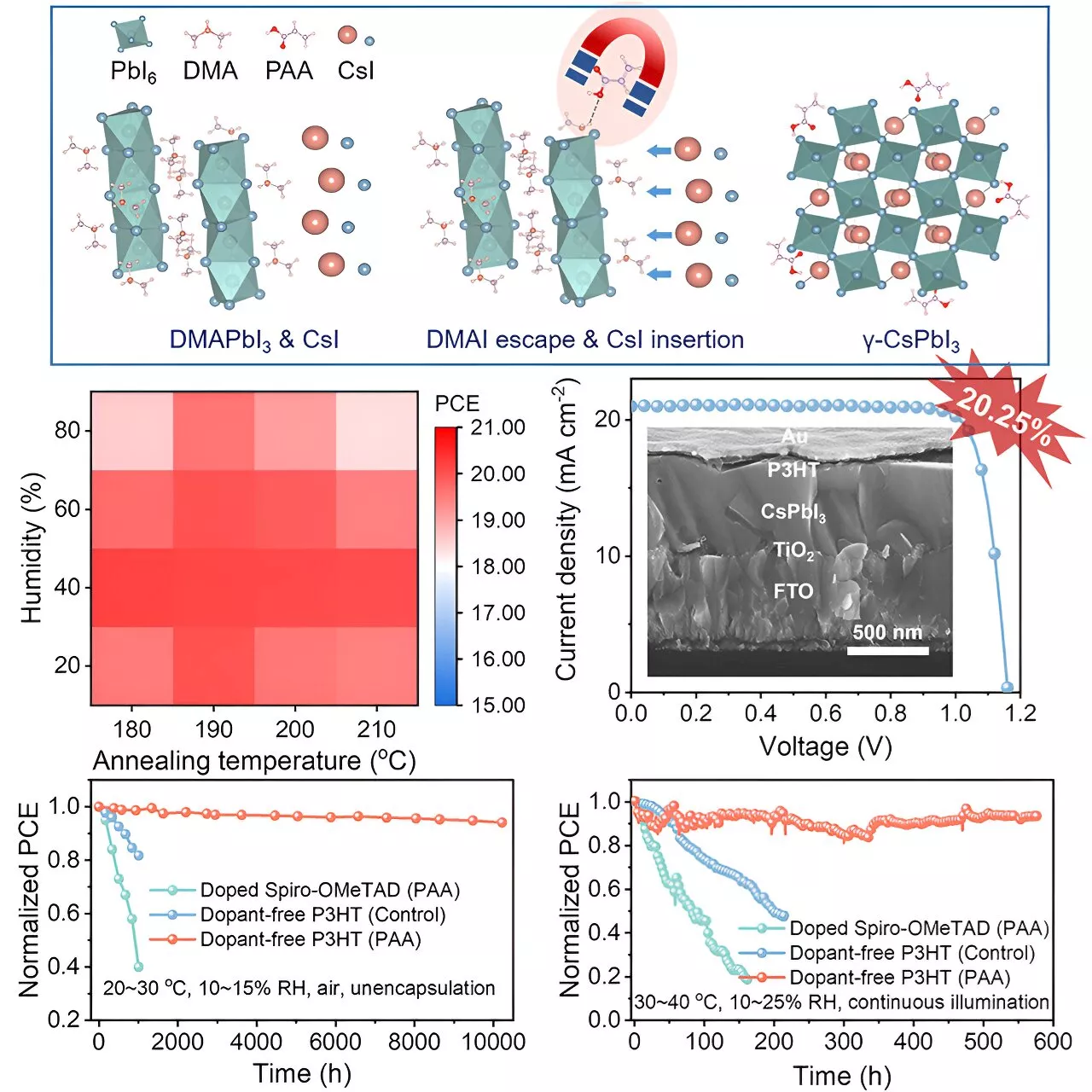MIT researchers have developed a method that allows them to observe up to seven different molecules at a time, and potentially even more than that. This could help scientists learn more about how cells work and their response to various signals.
MIT researchers have developed a method that allows them to observe up to seven different molecules at a time, and potentially even more than that. Living cells are bombarded with many kinds of incoming molecular signal that influence their behavior. Being able to measure those signals and how cells respond to them through downstream molecular signaling networks could help scientists learn much more about how cells work, including what happens as they age or become diseased.
Right now, this kind of comprehensive study is not possible because current techniques for imaging cells are limited to just a handful of different molecule types within a cell at one time. However, MIT researchers have developed an alternative method that allows them to observe up to seven different molecules at a time, and potentially even more than that. “There are many examples in biology where an event triggers a long downstream cascade of events, which then causes a specific cellular function,” says Edward Boyden, the Y. Eva Tan Professor in Neurotechnolog
MIT Researchers Method Observe Molecules Cells Signals Imaging Comprehensive Study Biology Cellular Function
South Africa Latest News, South Africa Headlines
Similar News:You can also read news stories similar to this one that we have collected from other news sources.
 Researchers discover new method to inhibit cholera infectionRecent research investigates a novel strategy for inhibiting the spread and infection of Vibrio cholerae, the bacteria responsible for the disease, cholera.
Researchers discover new method to inhibit cholera infectionRecent research investigates a novel strategy for inhibiting the spread and infection of Vibrio cholerae, the bacteria responsible for the disease, cholera.
Read more »
 Researchers propose an organic-solvent-free method for producing nanosized vateriteVaterite is one of the three forms of calcium carbonate, along with calcite and aragonite. Nanosized vaterite is valuable for various applications, such as drug delivery, cosmetics, and bone defect filling, owing to its biocompatibility, high porosity, solubility, and large specific surface area.
Researchers propose an organic-solvent-free method for producing nanosized vateriteVaterite is one of the three forms of calcium carbonate, along with calcite and aragonite. Nanosized vaterite is valuable for various applications, such as drug delivery, cosmetics, and bone defect filling, owing to its biocompatibility, high porosity, solubility, and large specific surface area.
Read more »
 Researchers develop metal-enhanced fluorescence probes for influenza A virus detectionRecurring influenza epidemics, such as the one during World War I, the Middle East respiratory syndrome coronavirus (MERS-CoV) outbreak in the 2010s, and the COVID-19 pandemic in recent years have made it evident that contagious viral respiratory diseases often make an appearance in the timeline of human history.
Researchers develop metal-enhanced fluorescence probes for influenza A virus detectionRecurring influenza epidemics, such as the one during World War I, the Middle East respiratory syndrome coronavirus (MERS-CoV) outbreak in the 2010s, and the COVID-19 pandemic in recent years have made it evident that contagious viral respiratory diseases often make an appearance in the timeline of human history.
Read more »
 Researchers develop stable and efficient inorganic CsPbI3 solar cellsThe chemical and thermal stable inorganic cesium lead triiodide (CsPbI3) perovskite has shown great potential for photovoltaic applications.
Researchers develop stable and efficient inorganic CsPbI3 solar cellsThe chemical and thermal stable inorganic cesium lead triiodide (CsPbI3) perovskite has shown great potential for photovoltaic applications.
Read more »
 CU researchers develop AI system that can read college application essaysHigh school students need help with their mental health more than ever. One therapist in Aurora is helping students resolve mental health issues using AI.
CU researchers develop AI system that can read college application essaysHigh school students need help with their mental health more than ever. One therapist in Aurora is helping students resolve mental health issues using AI.
Read more »
 Researchers develop light-activated protein superglue for fast and precise control of cells and tissuesResearchers at Tampere University have been involved in an international study to develop new tools for the light-activated control of cells. These tools are especially welcome for understanding processes where a fast initial signal leads to long-term changes in cell or tissue function.
Researchers develop light-activated protein superglue for fast and precise control of cells and tissuesResearchers at Tampere University have been involved in an international study to develop new tools for the light-activated control of cells. These tools are especially welcome for understanding processes where a fast initial signal leads to long-term changes in cell or tissue function.
Read more »
